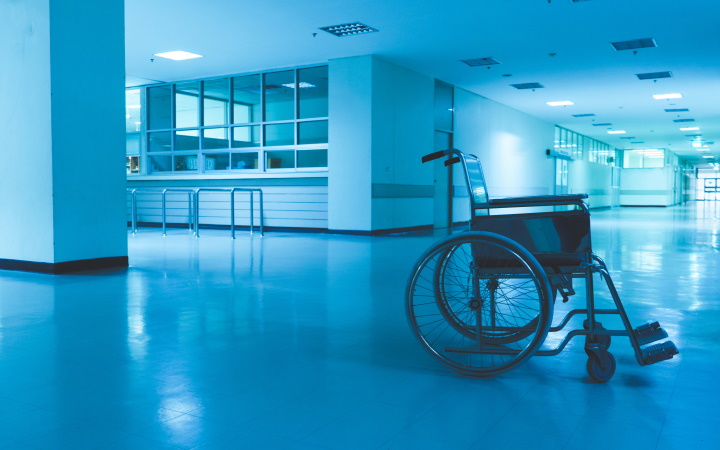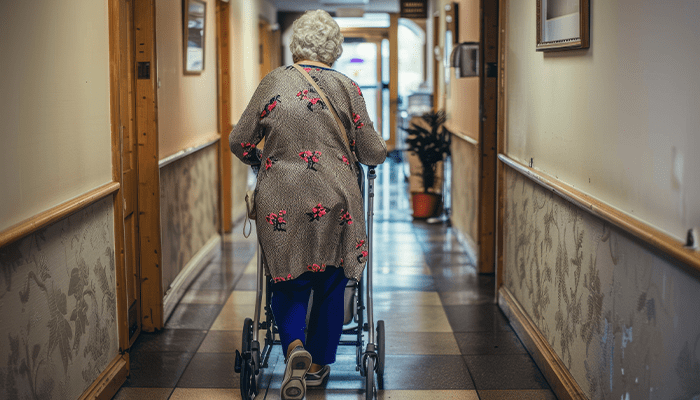
Protecting Residents and Preventing a Common Citation
Resident falls remain one of the most frequent challenges confronting the senior living industry.
The Agency for Healthcare Research and Quality (AHRQ) has stated that three of every four nursing center residents fall each year, and the average resident has two to three falls per year. Most nursing centers have more than 100 falls per year.
In addition to posing a significant risk to resident safety, communities are also at increased risk for negative regulatory outcomes. Free of Accident Hazards / Supervision / Devices (F689) is now the second most commonly cited F-tag in the long-term care survey process. It often comes with a high severity level and ranks as the number one cited tag with a severity level of J, K, or L (immediate jeopardy) and as the second most cited F-tag with a severity level of F or above, according to the July data available in the QCOR (Quality, Certification, and Oversight Reports) site of the Centers for Medicare & Medicaid Services.
Don’t get tripped up on falls! Developing, implementing and adhering to a falls management program will enhance the quality of care provided to your residents while reducing the risk of litigation as well as negative regulatory outcomes. Contact the AP Senior Living team to assess and optimize your risk management programs.
Source: American Association of Directors of Nursing Services
Featured News & Insights

Watch the Webinar Replay Caring for individuals with dementia requires empathy, communication, and a deep understanding of how the brain changes over time. Our guest presenter, Molly Hedgpeth from...

Compliance and risk management are critical components of running a senior living facility. Our recent webinar, "Survey Process and Management," provided in-depth insights into how facilities can...

As the healthcare industry continues to evolve, staying informed and prepared has never been more crucial. That’s why we are thrilled to announce our 2025 Webinar Series, a yearlong lineup of...